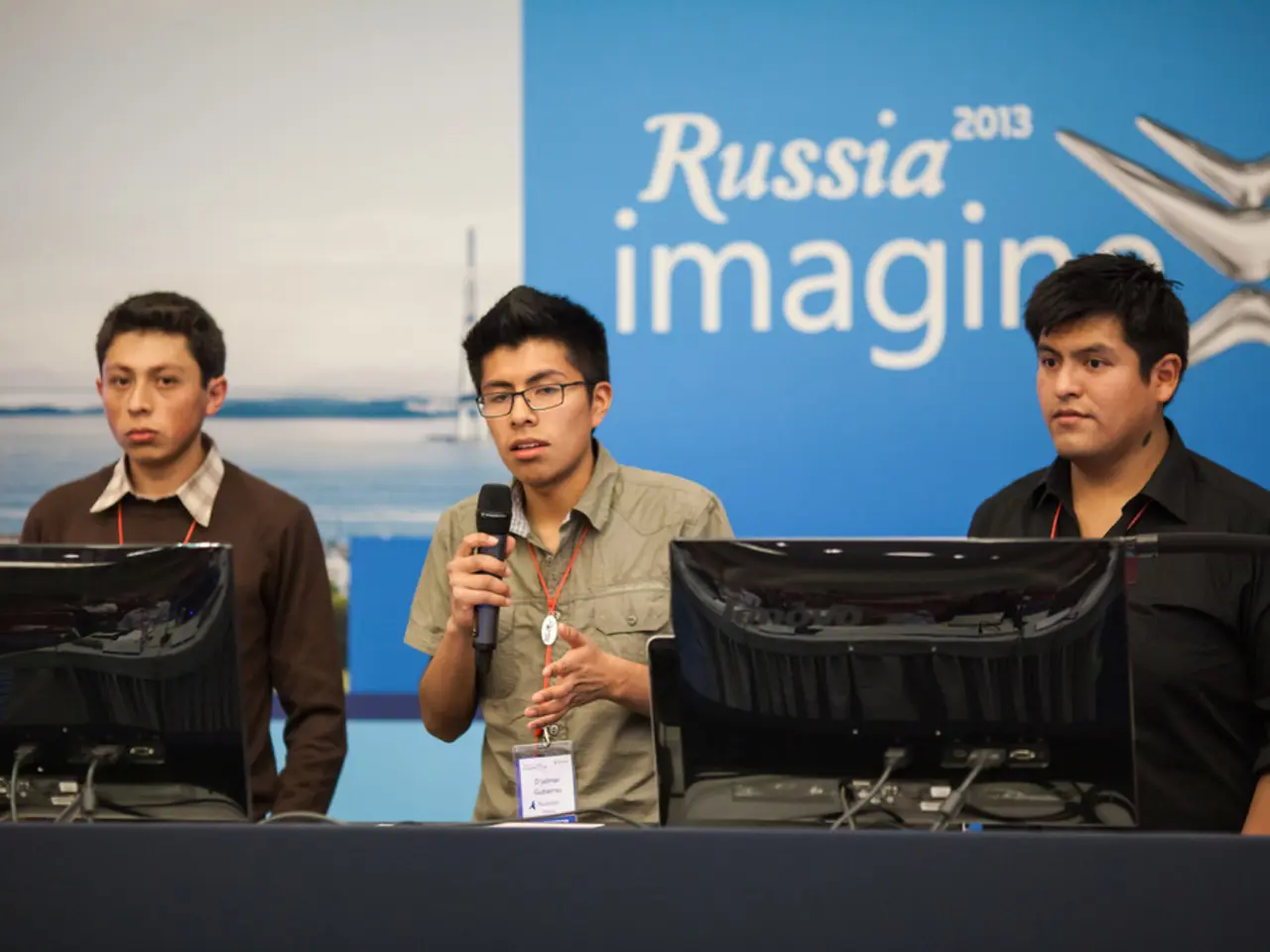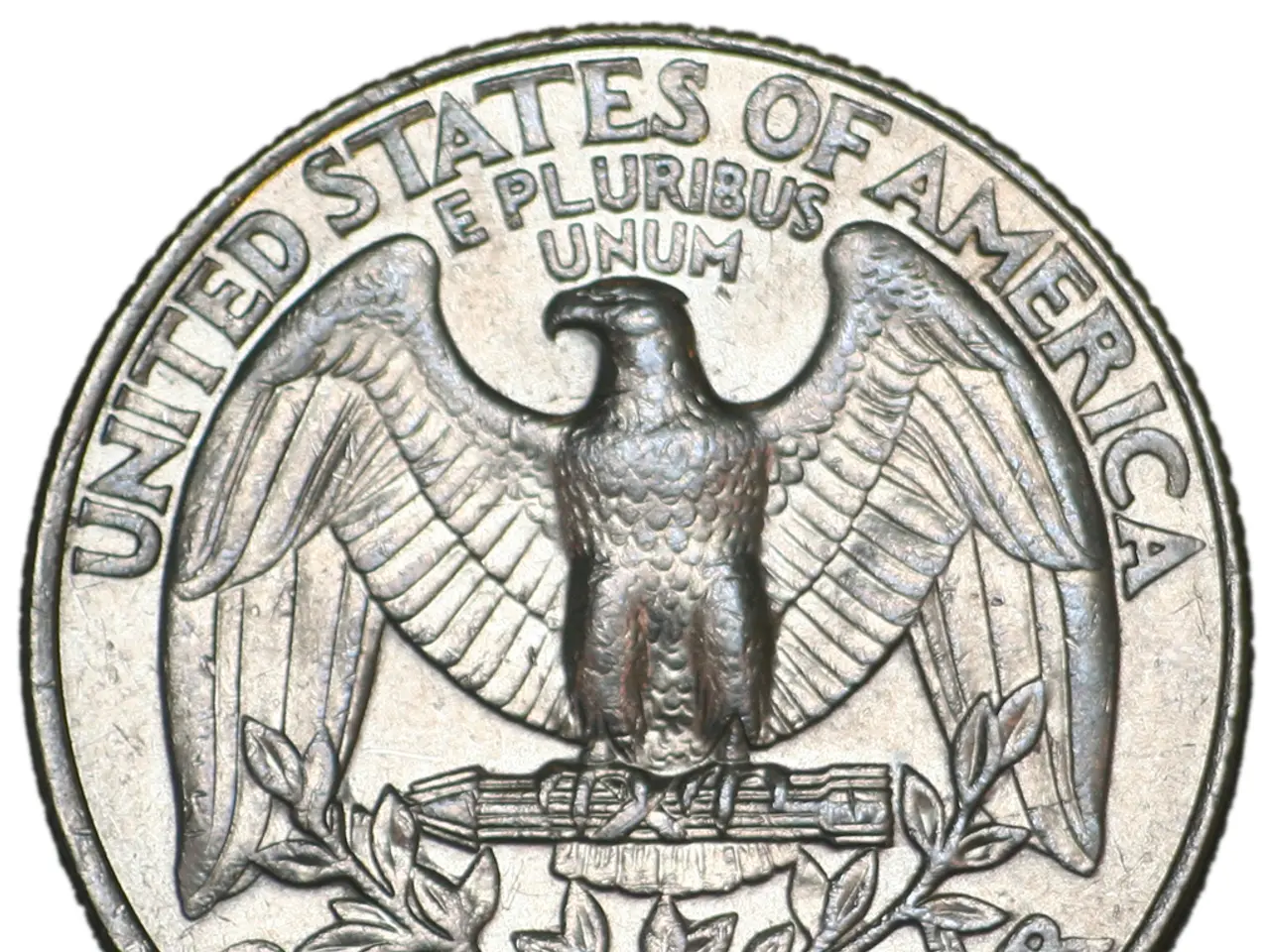Astronomers Discover a Planet Triggering Its Star's Continuous Explosions: A Never-Before-Seen Occurrence
In a groundbreaking discovery, scientists have observed the Jupiter-sized planet HIP 67522 b influencing its host star in a way never seen before. This remarkable event, revealed through observations with the Cheops space telescope, has shed light on a previously theorized but unconfirmed phenomenon known as magnetic star-planet interactions (SPMI).
Close-in planets, such as HIP 67522 b, can interact magnetically with their host stars, causing energy to be transferred along magnetic field lines and triggering stellar flares or hot spots on the star's surface. These interactions have been theorized for decades but have only recently been directly observed with HIP 67522 b.
The planet's tight, seven-day orbit causes disturbances in the magnetic field of its host star, sending waves along the star's magnetic field lines. These waves are thought to be triggering the flares, which are much higher in energy than the waves themselves. The flares are so powerful that they are causing the star to cook the planet, with the potential for HIP 67522 b to shrink from its current Jupiter-size to the size of Neptune in the next 100 million years.
Many hot Jupiters, like HIP 67522 b, orbit very close to their stars, where such magnetic coupling is possible. These planets can cause their stars to exhibit increased magnetic activity or flare frequency beyond what would be expected from the star alone. The planet acts almost like a "whip" on the star’s magnetic field lines, setting off flares that also irradiate the planet itself.
Although HIP 67522 b is the first confirmed example where a planet triggers particularly energetic flares, similar effects are suspected or being searched for in other star-planet systems hosting close-in giant planets. The detection and characterization of these magnetic interactions remain challenging due to the complexity of stellar magnetic activity and the difficulty to isolate the planet’s influence. However, ongoing observations with missions like ESA’s Cheops and NASA’s TESS are revealing more cases where planets may influence their stars’ magnetic behavior.
Scientists, led by Dr. Ilin, have reported this observation in a study published in the journal Nature. They plan to take more readings with TESS, Cheops, and other exoplanet telescopes, including ESA's upcoming Plato space telescope. The researchers also aim to find and study other similar star-planet systems to provide theoretical astronomers with data to work with.
Despite the challenges, the researchers are excited about this first-of-its-kind phenomenon. Dr. Ilin, one of the researchers, has many questions about this unique discovery and is looking forward to further investigations to unravel the details of this fascinating interaction between a planet and its host star.
References: [1] Belloni, T., et al. (2015). The star-planet connection: The impact of hot Jupiters on their host stars. Astronomy & Astrophysics, 577, A117. [2] Shkolnik, E. L., et al. (2005). The magnetic connection between stars and their planets. Annual Review of Astronomy and Astrophysics, 43, 495-520. [3] Jackson, B. D., et al. (2018). The impact of hot Jupiters on their host stars: New insights from TESS. Astronomy & Astrophysics, 618, A105. [4] Kavanagh, A. J., et al. (2020). Magnetic star-planet interactions in the young, active star system HIP 67522. Nature, 584, 553-557.
The groundbreaking discovery of scientific significance involves environmental-science aspects, as the Jupiter-sized planet HIP 67522 b, an example of space-and-astronomy, has been found to influence its host star through magnetic star-planet interactions (SPMI). This interaction, fueled by technology like the Cheops space telescope, is causing the star to exhibit increased magnetic activity and powerful flares, potentially affecting the planet's size over time.




